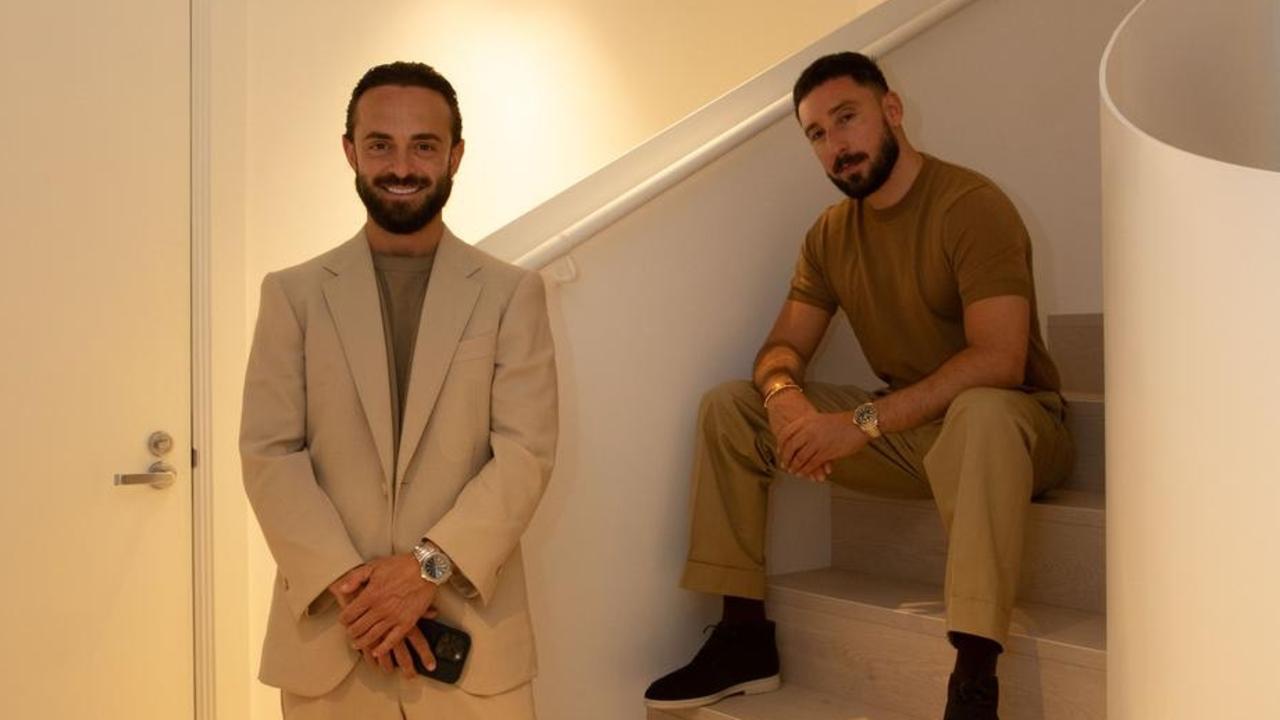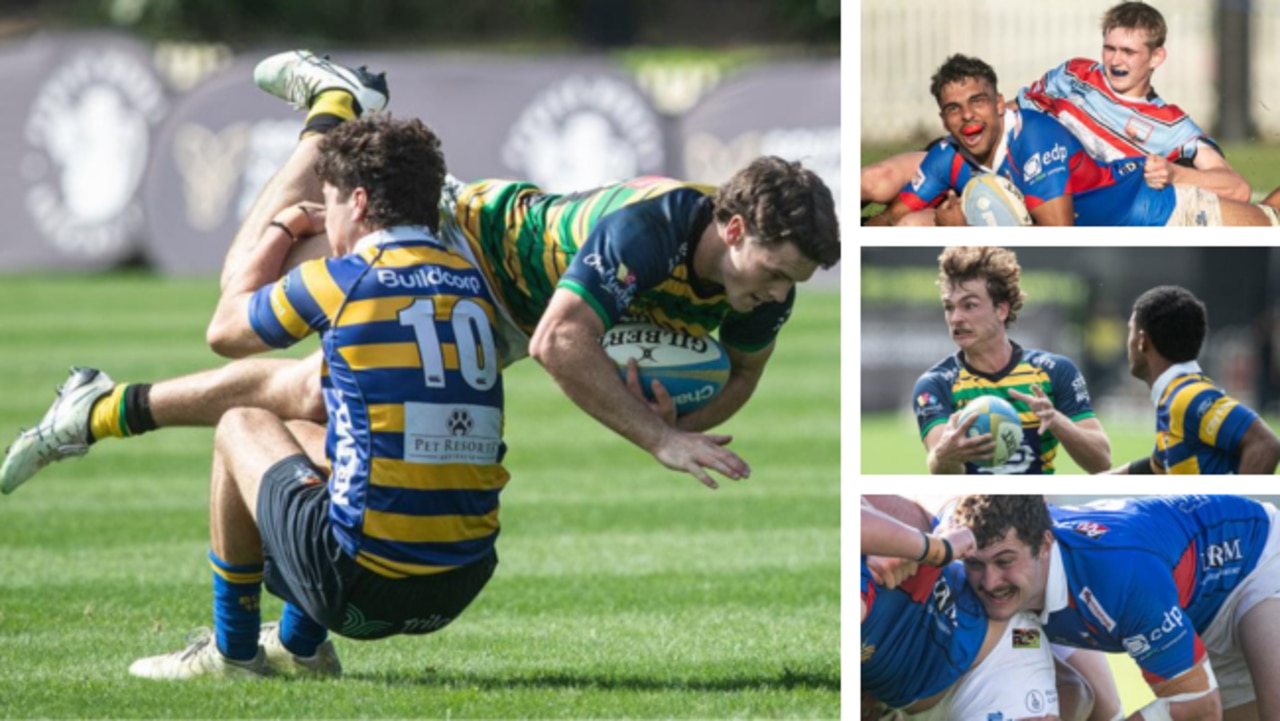Award-winning bioprinter gives researchers new angle on fighting cancer
An award-winning new bioprinter has given UNSW researchers their first three-dimensional models of cancer cells which could help develop more effective drugs to fight disease.
- Meet the Malabar kid starring in thriller Angel of Mine
- Swinging from helicopter just another day on the job
- Speed camera in Randwick costs motorists $2.1 million
- Police launch fresh appeal to find Luis Fernandez
A revolutionary new bioprinter, which can print 3D replicas of cancers, has won the prestigious 2019 Good Design Award of the Year.
You may have heard of bioprinters but this one is miles ahead of the rest.
“Cancer research is dominated — and in many ways limited — by two-dimensional in vitro cell culture techniques,” UNSW’s School of Chemistry Professor Justin Gooding said.
“But three-dimensional printing of cell cultures is much more realistic, revealing important features such as the resistance of cells and tumours to treatment.
“This bioprinter allows cancer researchers to rapidly produce 3D cultures and build more complex in-vitro cancer models than ever before.”
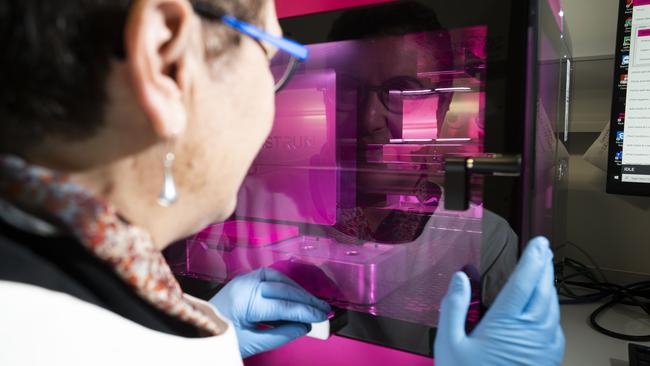
The printer has opened new doors and prospects into the world of cancer research.
“For the first time we’ve got a machine that can model cancer disease, model therapeutic responses and test new drugs,” Professor Maria Kavallaris AM said.
She is head of the Tumour Biology and Targeting Program at Children’s Cancer Institute, part of the UNSW Lowy Cancer Research Centre.
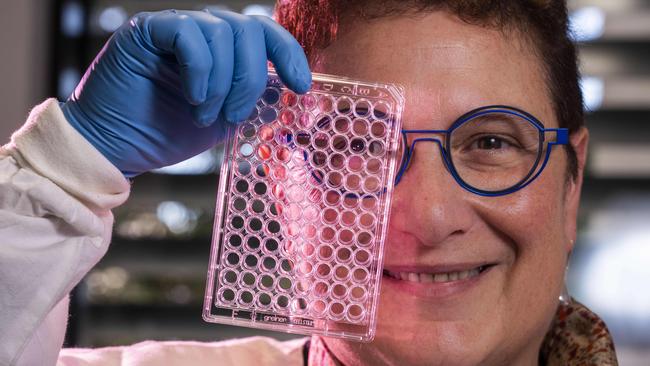
Professor Kavallaris developed the cell biology behind the printer, analysed the viabilities of cells, how quickly they divide and developed accurate tumour like environments.
“We can analyse the ways drugs are impacting the survival of the tumour and potentially feed that back to clinicians — even test drugs they may not have thought about giving and reduce exposing patients to undue toxicity,” she said.
The bioprinter’s technology was revolutionary, in that it was useful for different types of research.
“It can be used for growing skin cells for burns victims and a whole range of things. There’s no reason why you can’t also grow normal types of cells in there.”
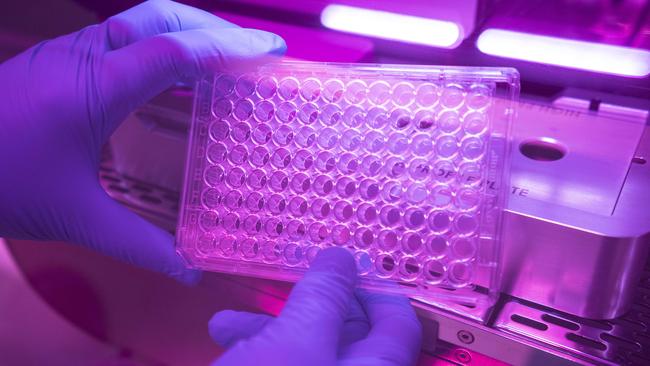
The UNSW researchers worked with biomedical firm Inventia Life Science to create the pink machine and Professor Kavallaris said the colour might have been a factor in winning the Good Design Award.
Funding for the printer was secured in 2013 through an Australian Research Council linkage grant and the first models were built in 2016.
The printer went through a thorough a rigorous design and testing period from both the engineering and cell biology perspective.

